10 Secret Seasonings That Turn Your Homemade Chicken Soup Into Comfort Magic!
There's something timeless about a bowl of warm chicken soup. Whether you're nursing a cold or just craving comfort in a bowl, the right blend of seasonings can make all the difference between a forgettable broth and a soul-warming masterpiece.
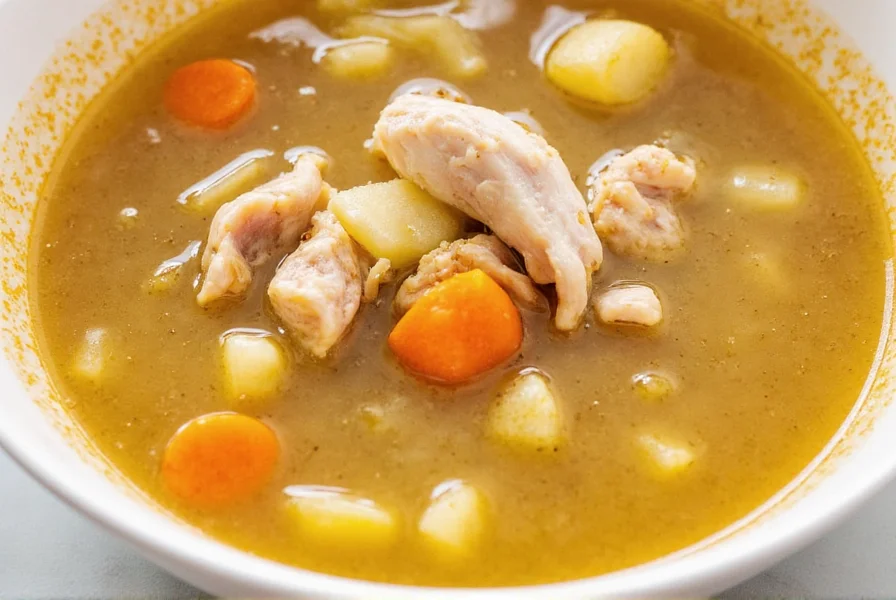
Table of Contents
- Why Seasonings Matter in Chicken Soup
- Top 10 Seasonings for Chicken Soup
- Understanding Flavor Profiles
- Buying Guide: Choosing the Right Spices
- Conclusion
Why Seasonings Matter in Chicken Soup
Chicken soup is often seen as a simple dish — water, meat, vegetables, simmered together. But without proper seasoning, it can fall flat. Salt alone isn't enough. The secret lies in layering flavors to create depth and warmth that lingers on your palate long after the spoon hits your lips.
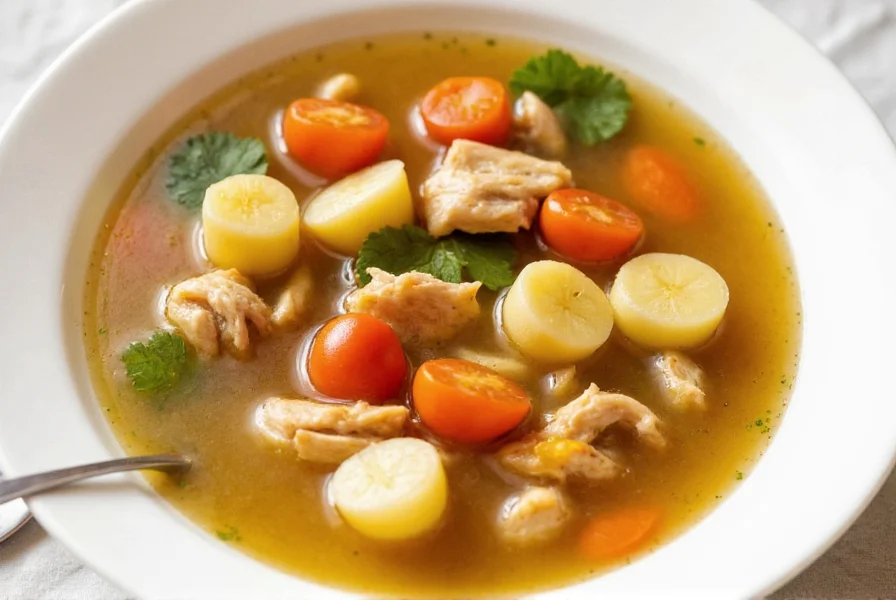
The goal here isn’t to overwhelm your taste buds, but to coax out every nuance of flavor from the chicken, veggies, and broth. Think of seasonings as your culinary orchestra — each one plays its part, and when they harmonize, magic happens.
Top 10 Seasonings for Chicken Soup (And Why They Work)
Here’s a list of must-have spices and herbs that belong in your chicken soup arsenal. Each brings its own unique character to the pot, whether it's earthiness, brightness, heat, or umami.
- Salt: The foundation of any good soup. Use kosher or sea salt for better flavor control.
- Black Pepper: Adds gentle heat and complexity. Grind fresh at the end for maximum aroma.
- Dried Thyme: Offers a rustic, woodsy note that complements both chicken and root vegetables.
- Parsley: Fresh parsley brightens up the whole dish at the end.
- Bay Leaves: A subtle backbone that adds herbal depth during simmering.
- Garlic Powder: Infuses savory richness without the texture of raw garlic.
- Onion Powder: Enhances the natural sweetness of carrots and onions in the base.
- Turmeric: Gives color and a mild, peppery warmth; perfect for immune-boosting soups.
- Paprika: Smoked paprika adds a touch of smokiness and depth, especially great in slow-cooked versions.
- Marjoram or Oregano: Mediterranean-style flair for heartier soups with tomatoes or beans.
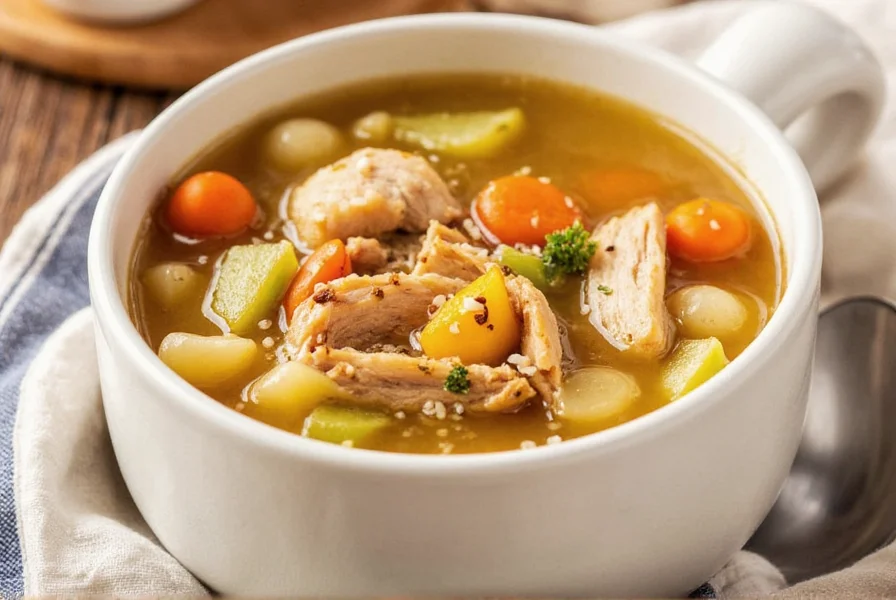
Flavor Combinations to Try
| Flavor Style | Key Seasonings | Best For |
|---|---|---|
| Classic Comfort | Salt, black pepper, thyme, bay leaf | Traditional chicken noodle or matzo ball soup |
| Earth & Heat | Turmeric, paprika, garlic powder | Golden turmeric broths or spiced winter soups |
| Mediterranean Twist | Oregano, parsley, onion powder | White bean or lentil-enhanced chicken soups |
| Umami Bomb | MSG (optional), soy sauce, dried mushrooms | Chef-level depth for hearty broths |
Understanding Flavor Profiles
Every seasoning contributes to one or more of the five primary flavor profiles: salty, sweet, sour, bitter, and umami. Knowing how these interact can help you balance your soup perfectly.
- Salty: Brings forward other flavors (salt, soy sauce)
- Sweet: Found naturally in carrots, onions, and sometimes enhanced with a pinch of sugar or honey
- Sour: Lemon juice or vinegar added at the end for brightness
- Bitter: Present in celery, bay leaves, and some greens like kale
- Umami: Delivered by MSG, mushrooms, Parmesan cheese, tamari

Taste Balancing Tip:
If your soup tastes flat, add a splash of vinegar or lemon. If it’s too acidic, balance with a pinch of sugar. Too salty? Stir in a peeled potato while simmering — it absorbs excess salt!
Buying Guide: Choosing the Right Seasonings for Chicken Soup
Not all spice brands are created equal. Here’s what to look for when buying or blending your chicken soup seasonings.
1. Freshness Matters
Spices degrade over time. Ground spices last about 6–12 months, while whole spices (like peppercorns or cumin seeds) can go up to 2–3 years. Always check the expiration date or buy small quantities if you cook infrequently.
2. Go Organic When Possible
Organic spices tend to have richer flavor because they’re grown without synthetic pesticides. Look for certifications like USDA Organic or EU Organic for quality assurance.
3. Consider Blends or Custom Mixes
If you're short on time or unsure about ratios, pre-made blends like “chicken soup mix” or “herbes de Provence” can be lifesavers. However, customizing your own mix lets you adjust flavors to your liking.
4. Storage Tips
Store your spices in airtight containers away from sunlight and moisture. Glass jars with tight lids work best. Label them with purchase dates to track freshness.
Recommended Spice Brands
| Brand | Features | Use Cases | Audience |
|---|---|---|---|
| McCormick | Trusted name, wide variety, affordable | Everyday cooking, classic recipes | Home cooks, beginners |
| Penzeys Spices | Fresh-packed, high-quality, organic options | Gourmet home cooking, custom blends | Intermediate to advanced cooks |
| The Spice Garden | Small-batch, hand-blended, ethical sourcing | Artisanal dishes, gift-worthy presentation | Cooking enthusiasts, foodies |
| Simply Organic | USDA Organic certified, fair trade | Health-conscious families, eco-friendly kitchens | Organic eaters, sustainability-focused |
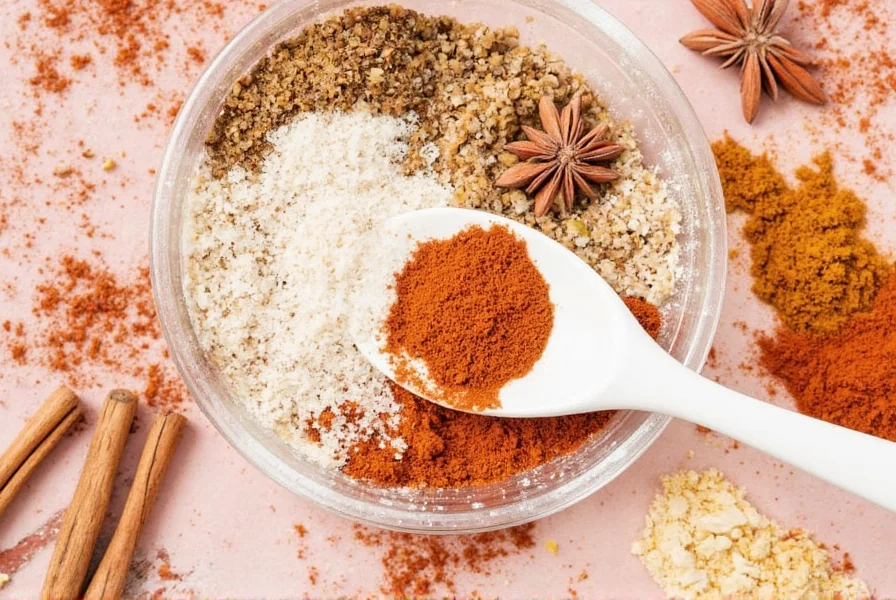
Conclusion
Your homemade chicken soup deserves more than just a sprinkle of salt. By understanding which seasonings bring out the best in your ingredients, you can transform a humble pot into a flavor-packed experience that warms the body and soothes the soul.
Don’t be afraid to experiment — a dash of smoked paprika, a hint of turmeric, or a handful of fresh herbs can take your soup from routine to remarkable. With this guide in hand, you’re ready to master the art of seasoning your chicken soup like a pro.

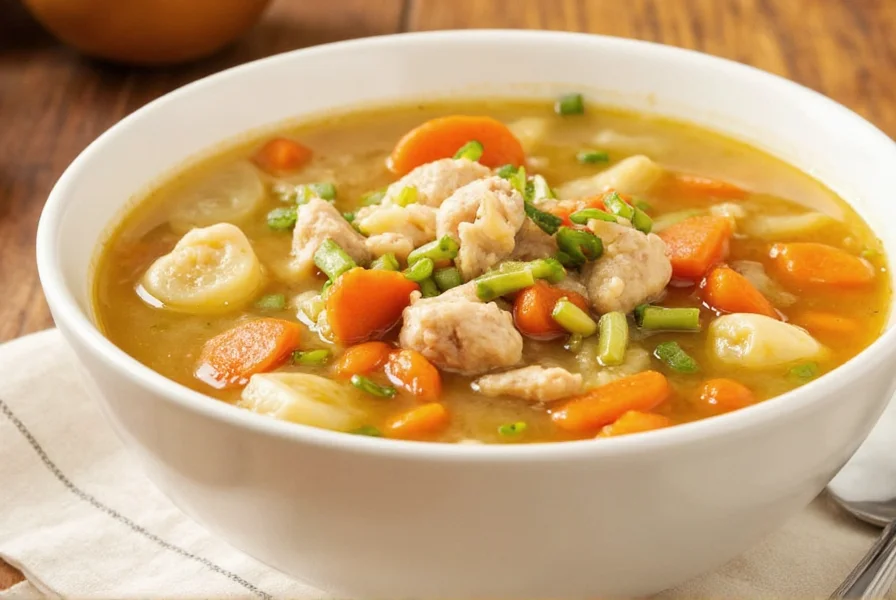









 浙公网安备
33010002000092号
浙公网安备
33010002000092号 浙B2-20120091-4
浙B2-20120091-4